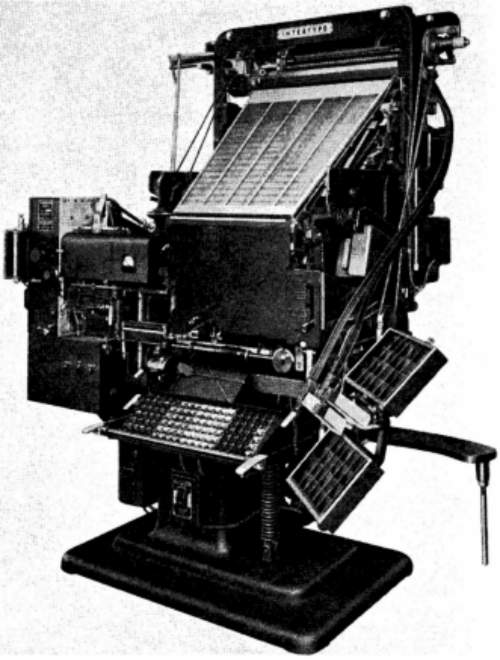One of an occasional series showing photographic postcards that have recently been offered for sale on eBay, as usual with these items, scant details are supplied.
Do you like to buy print-related items on eBay? Then check out our eBay Listings (US & UK) section on the Forum.









